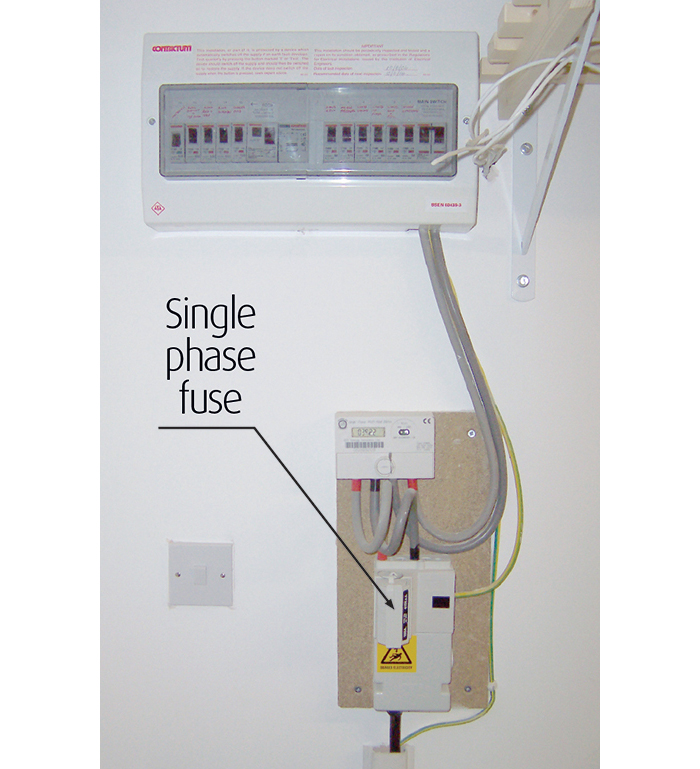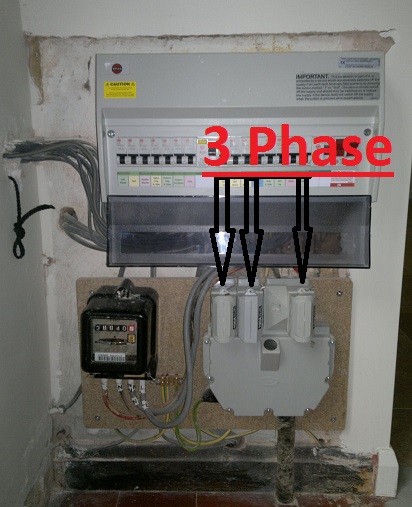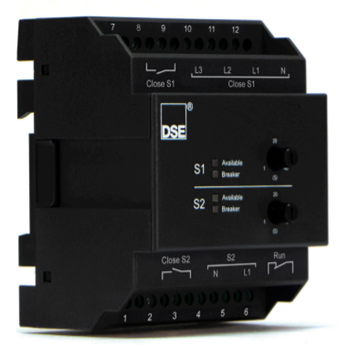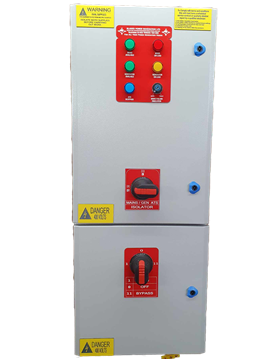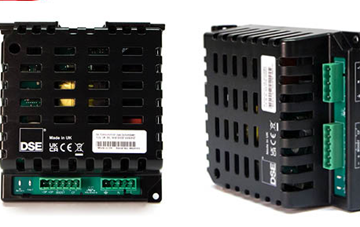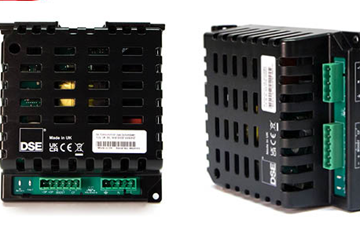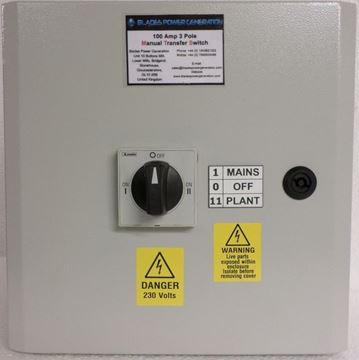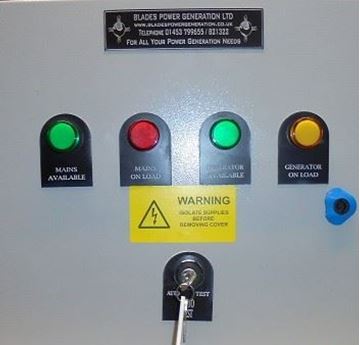An automatic transfer switch automatically switches between your primary and backup power sources. Here are some key points about ATS:
- Automatically transitions powered loads to a generator or other backup source during an outage
- Prevents back feed of power into utility lines during an outage
- Allows safe switching between power sources
- Provides seamless transition of power to prevent interruption
Used for any application where a power disruption would cause significant disruption, danger and high costs - like data centres, industrial processes, and infrastructure.
Why Are Automatic Transfer Switches Used?
There are several reasons why ATS are a common component of backup power systems:
They prevent injury and damage by preventing the back feed of power into utility lines. This protects workers who may be repairing lines.
They provide a quick, seamless transition to backup power. This avoids interruption and disruption to equipment and processes.
They require no manual intervention to switch power sources. The transition is automatic.
They may be required as part of backup systems for life safety systems in facilities such as hospitals
ATS Key Features and Options
There are several key specifications and options to consider when selecting an automatic transfer switch:
- Transition Time - The time it takes to transfer loads to backup power. Faster times prevent interruption.
- Withstand and Closing Ratings - The amount of current/voltage the switch can handle without damage. Matches the generator size.
- Number of Poles - Single pole (2-wire) or multi-pole (3 or 4-wire) configurations are available. Matches the electrical system.
- Enclosure Type - Indoor and outdoor rated enclosures to match the environment. Outdoor models provide more placement flexibility.
- Controller Logic - Digital microprocessors that supervise and control the switching process. Provide precise timing and control.
- Keypad Programming - Allows easy adjustment of the operating parameters and timing as needed.
- Network Communication - Allows monitoring and control of the ATS remotely over a network for convenience.
- Testing and Simulation - Used to periodically test the generator and ATS operation for reliability. Prevents problems.
- Predictive Maintenance - Advanced models track operation metrics to catch issues early before failure. Maximises uptime.
- Durability - Components designed to handle years of reliable switching cycles, temperature fluctuations, dirt, etc.
ATS are used in a wide variety of facilities across many industries and applications. Proper selection requires consideration of factors like transition time, withstand/closing ratings, number of poles, enclosure type, controller features, and more.
Our ATS specialists can help assess your specific needs and recommend the right model to suit your requirements.
Our specialists are ready to help assess your needs and ensure you get an ATS that meets the requirements of your emergency power, legally required, or mission-critical backup system.













